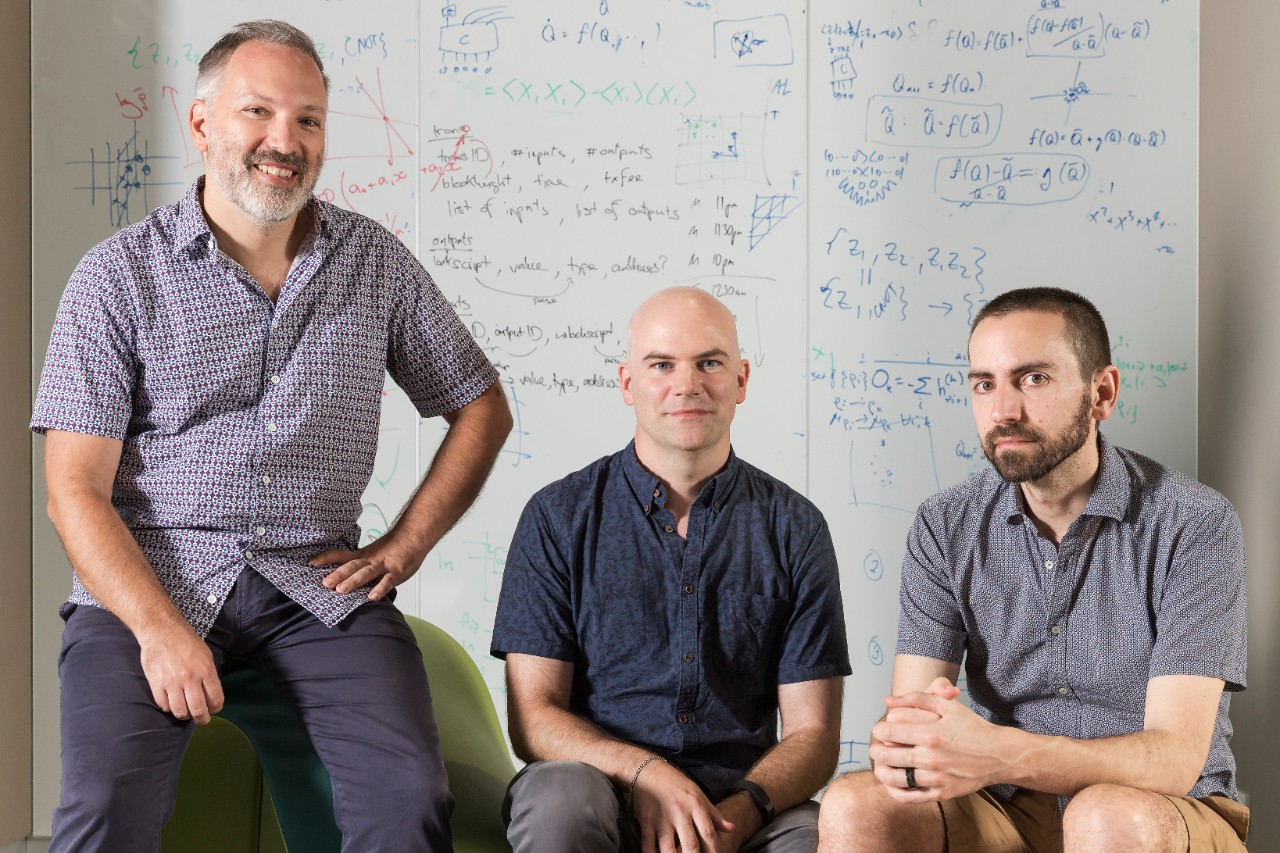Modifying surface codes can improve quantum error correction 400 percent. The instability of qubits – the building blocks of quantum computers – means they are susceptible to error. Physicists have found that tweaking error coding can open the door to huge efficiency gains.
The hack increases the error correction threshold of up to 43.7% – a fourfold improvement on the current theoretical basis for error correction. This means fewer physical qubits could be required for a single quantum logic gate – or basic quantum circuit – that can perform a useful calculation. This new approach should be applicable in any quantum system – whether the qubits rely on superconductors, trapped ions, semiconductors, or topological structures.
Physicists at the University of Sydney found the ‘quantum hack’ that should allow for enormous efficiency gains in quantum computing technologies.
As scientists at IBM, Google, Microsoft and universities across the world seek to scale-up quantum technology to make a practical quantum computer, finding ways to do computations within an acceptable error threshold is a big technological problem.
The building blocks of quantum machines – quantum bits, or qubits – are prone to interference from their surrounding environments, leading them to decohere and lose their quantum properties. Allowing for this through error correction is vital to the successful scale-up of quantum technologies.
The theoretical breakthrough from the team of David Tuckett, Professor Stephen Bartlett and Associate Professor Steven Flammia allows for a 400 percent gain in the amount of interference noise a quantum computing system can theoretically sustain while retaining its fidelity.
“This is achieved by tailoring our quantum decoder to match the properties of the noise experienced by the qubits,” said Associate Professor Flammia.
“In that sense, we are ‘hacking’ the generally accepted coding for error correction,” Professor Bartlett said.
Researchers show that a simple modification of the surface code can exhibit an enormous gain in the error correction threshold for a noise model in which Pauli Z errors occur more frequently than X or Y errors. Such biased noise, where dephasing dominates, is ubiquitous in many quantum architectures. In the limit of pure dephasing noise we find a threshold of 43.7(1)% using a tensor network decoder proposed by Bravyi, Suchara, and Vargo. The threshold remains surprisingly large in the regime of realistic noise bias ratios, for example 28.2(2)% at a bias of 10. The performance is, in fact, at or near the hashing bound for all values of the bias. The modified surface code still uses only weight-4 stabilizers on a square lattice, but merely requires measuring products of Y instead of Z around the faces, as this doubles the number of useful syndrome bits associated with the dominant Z errors. Our results demonstrate that large efficiency gains can be found by appropriately tailoring codes and decoders to realistic noise models, even under the locality constraints of topological codes.
Physical Review Letters – Ultrahigh Error Threshold for Surface Codes with Biased Noise.

Brian Wang is a Futurist Thought Leader and a popular Science blogger with 1 million readers per month. His blog Nextbigfuture.com is ranked #1 Science News Blog. It covers many disruptive technology and trends including Space, Robotics, Artificial Intelligence, Medicine, Anti-aging Biotechnology, and Nanotechnology.
Known for identifying cutting edge technologies, he is currently a Co-Founder of a startup and fundraiser for high potential early-stage companies. He is the Head of Research for Allocations for deep technology investments and an Angel Investor at Space Angels.
A frequent speaker at corporations, he has been a TEDx speaker, a Singularity University speaker and guest at numerous interviews for radio and podcasts. He is open to public speaking and advising engagements.

